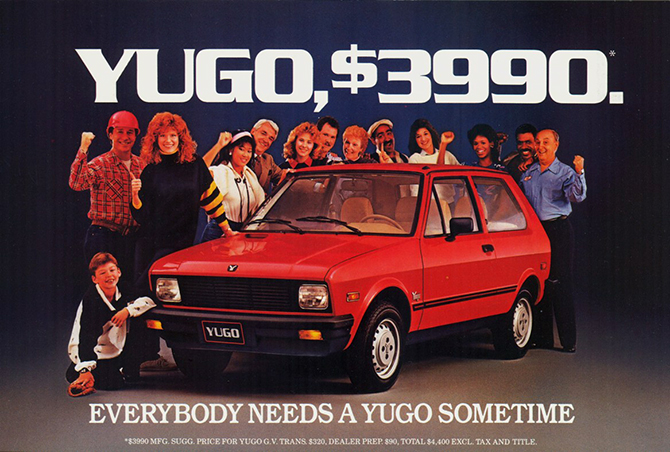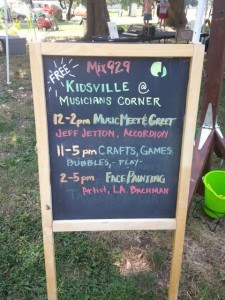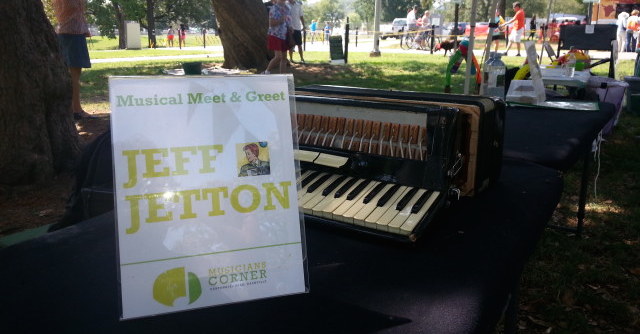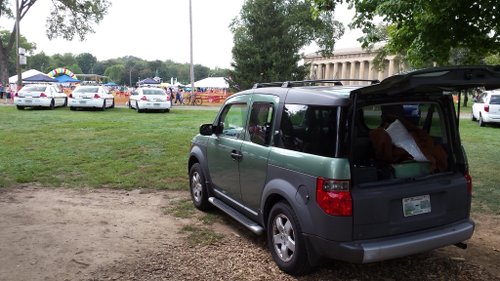If you’re interested in learning the accordion, one of the first questions you’re likely to have is “how much is an accordion anyway?”
Well… it depends.
Accordions come in all sorts of shapes, sizes, ages, conditions, and levels of quality, which leads to a pretty wide ranges of prices. That said, I’ve come up with a handy rule-of-thumb that will get you in the ballpark:
Jeff’s Law of Accordion Prices: Take what you already know about cars and divide it by ten.
What’s a new car cost these days? Maybe $14,000 to $20,000 for a compact car or entry-level sedan? Something like $30,000 to $50,000 for the next step up? Over $100,000 for something really nice and luxurious?
Just divide those car prices by ten to get roughly-equivalent accordion prices. $1,400 to $2,000 will get you on the road with a decent, brand-new accordion from, say, Hohner’s “Bravo” line (the Hyundai Accents of the accordion world). A step up from that, such as a full-sized Weltmeister, will put you in the $3,000 to $4,000 range. The high-end brands such as Pigini, Borsini, Petosa, Beltuna, etc., will be over $5,000 new, and often even in the five-figures.

Buying a brand-new accordion priced under $400 would therefore be like buying a Yugo.
Okay, so how about a used accordion? The same ten-to-one ratio applies. Buying a $300-$500 used accordion is similar to buying a $3,000 to $5,000 used car. It’ll get you from point A to point B, but probably not in comfort or style. Still, it might not be a bad choice for a “new driver”, especially if you don’t mind the occasional repair bill.
That $100 squeezebox at the yard sale? Like a $1,000 used car, only mechanics should buy it. Expect major problems that will cost a lot to fix if you can’t do them yourself.





